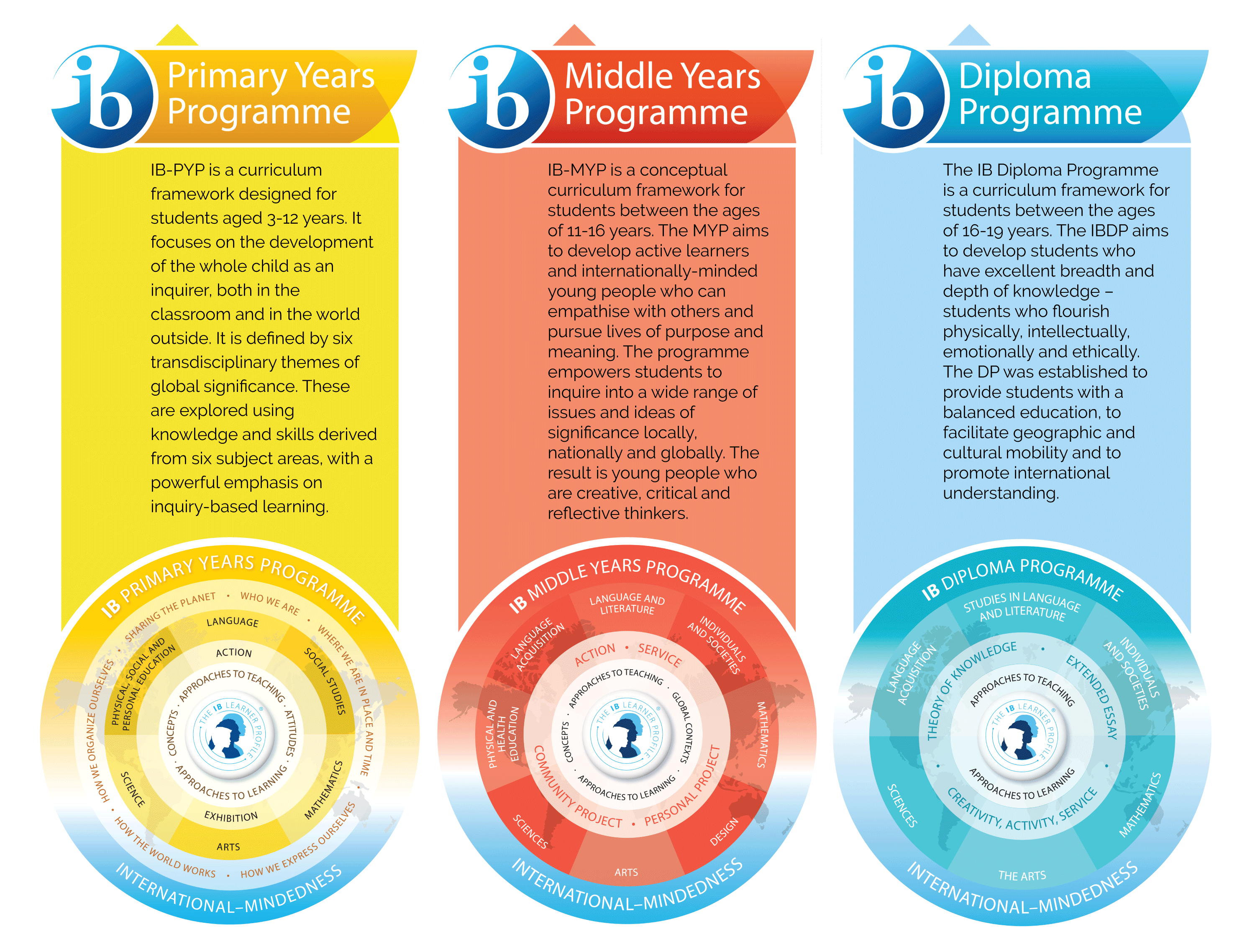In many Southeast Asian countries like Singapore, Malaysia, Indonesia, and Thailand, especially in international schools, the IGCSE (International General Certificate of Secondary Education) curriculum is widely adopted during the secondary school phase. Usually completed at the age of 16, it is equivalent to grades 9 and 10 in Canada and the United States, providing students with a broad knowledge base.
Upon completing the IGCSE, students have several main pathways. Firstly, those with excellent academic performance often opt for A Levels (Advanced Level) or IB (International Baccalaureate) programs, preparing them for applications to top international universities. Secondly, a considerable number may choose vocational training or technical colleges to acquire specific skills for immediate entry into the job market. However, the likelihood of these students going on to apply to top international universities after such training is relatively low. In Malaysia or Indonesia, students often follow a similar trajectory to those in Singapore. Thirdly, some students might choose other high school curriculum systems before applying to universities or entering the workforce.

Now, let’s delve into the characteristics and differences of these three pathways.
First Pathway: A Levels
A Levels, also known as A2, is a widely recognized qualification typically completed between the ages of 16 and 18. Students generally choose 3 to 4 major subjects, which play a crucial role in determining their future university majors. While advantageous for entering British universities, it poses limitations for applications to universities in the United States, Canada, and other countries, as the chosen major subjects might not fully satisfy the course requirements of North American universities, leading to significant mismatches.
A Levels are academically challenging, making it quite demanding for students with average learning abilities to achieve A or A+. For example, in certain Chinese schools in Jakarta, Indonesia, which have been using this curriculum for over twenty years, students often complain about its difficulty. Even parents express concerns, and teachers find it challenging to cater to students with average intelligence and learning abilities, leading to a low morale among students and teachers, which is detrimental to the healthy development of students.

Of course, A Levels are an excellent choice for students with above-average intelligence and strong learning abilities who aspire to enter top-tier world universities. However, such students need to consider the limitations of these universities in terms of major selection if they choose American or Canadian universities. For instance, a significant proportion of students from certain independent Chinese schools in Malaysia, after graduating, are likely to choose universities in the UK or Australia. Choosing majors in some top universities in the United States and Canada may pose limitations.
Additionally, some students, after completing IGCSE, may opt for the IB Diploma (International Baccalaureate) program. This two-year high school program requires students to study a range of subjects, including language and literature, science, mathematics, and personal and social sciences. It also emphasizes students’ creativity, activity, service (CAS) projects. Compared to A Levels, this program is generally more challenging. It covers a wide range of subjects and topics within a short time, requires strong self-learning abilities, and involves a significant amount of English writing, which can be disheartening for students with weaker English proficiency. However, for students with advantages and strengths in these aspects, choosing the IB program can indeed broaden their horizons and enhance their learning abilities. For students with average abilities, this program is highly challenging, and students should choose it carefully based on their abilities.

Second Pathway: Vocational Training
A significant proportion of students may choose vocational training or technical colleges after IGCSE, gaining more specific skills and training to prepare for immediate entry into the job market. In Singapore, students enter Polytechnics and then proceed into the workforce. However, for students with dreams of attending university, this path presents a higher level of difficulty. For students in Malaysia or Indonesia entering vocational schools, the prospects of applying to internationally renowned universities thereafter are quite slim.
Third Pathway: OSSD
For students seeking an alternative to the relative difficulty of A Levels and the IB program, the Ontario Secondary School Diploma (OSSD) in Canada is a viable option. OSSD is the high school graduation diploma of the province of Ontario, and the program can be completed online. It includes a variety of courses such as English, mathematics, science, social sciences, arts, and physical education, as well as co-curricular activities. After completing the required credits, students receive the Ontario high school diploma, making them eligible to apply to top universities in the United States, Canada, and other countries. The diversity of the curriculum caters to students of different learning abilities, and the assessment system focuses on the overall development of students, rather than being a one-time assessment. The program places a strong emphasis on developing qualified citizens through a direction of general education. This ensures a relaxed learning environment for almost all students, and achieving good grades is relatively easier, which is based on its comprehensive assessment system rather than a one-time assessment. This program is especially advantageous for students applying to top international universities as Canadian international students.

In conclusion, each student has unique characteristics, interests, learning abilities, and intelligence levels. When choosing a curriculum, it’s essential to be cautious and scientific, avoiding blind trends and remembering to assess one’s capabilities properly.
(This article was written by Alvin, an education expert with decades of experience in international education. Reproduction is allowed with proper attribution.)


